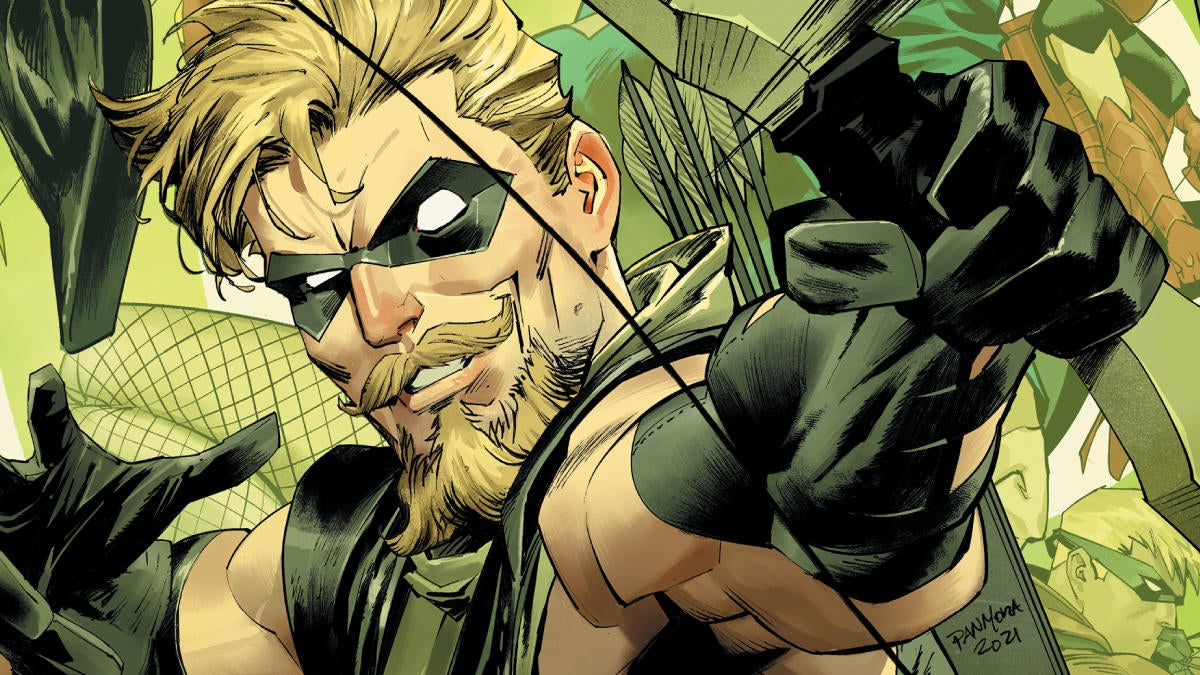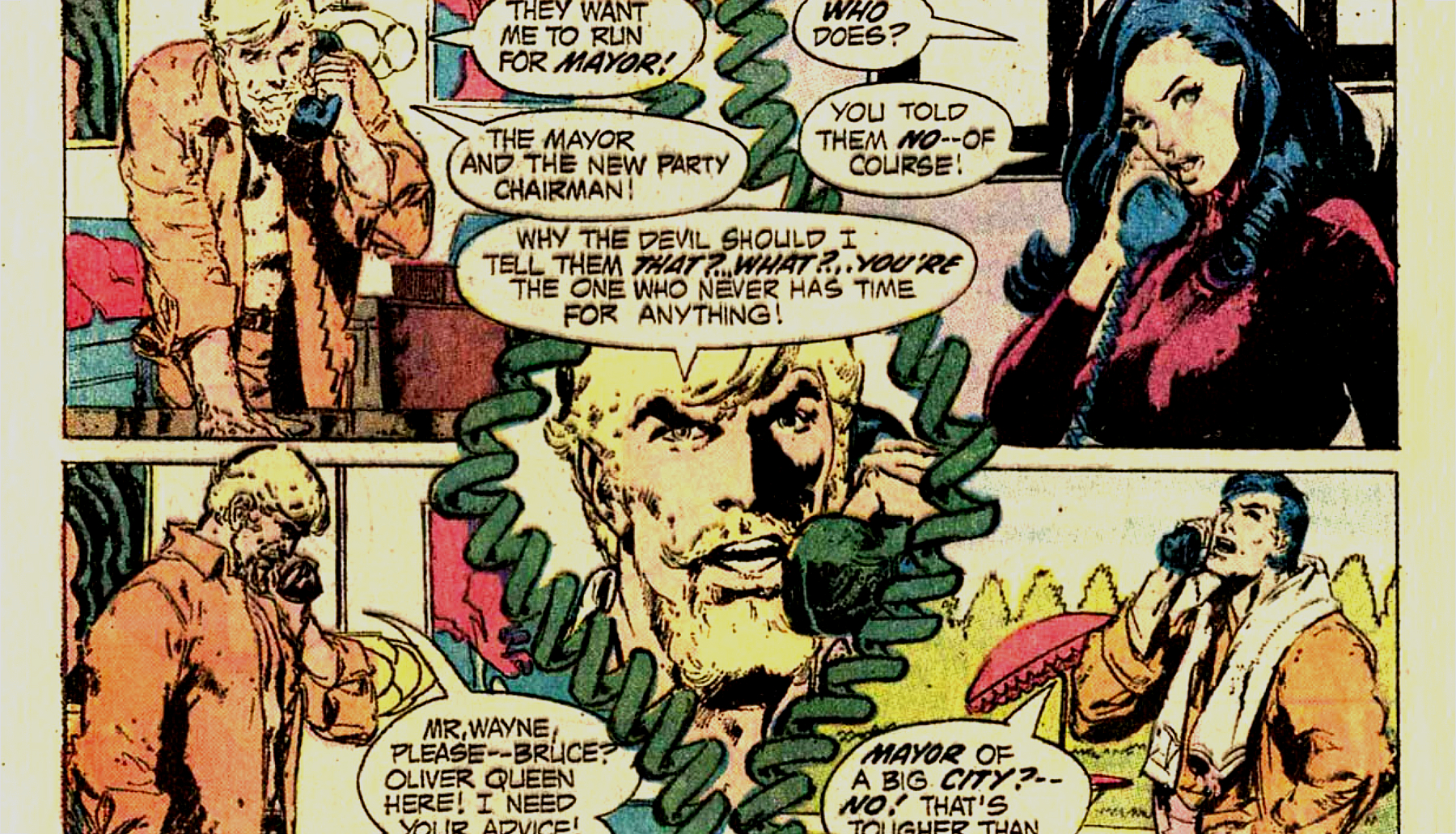
A significant reason for the popularity of characters like Superman from DC Comics in comic books lies in their presentation as virtuous figures. They embodied enduring ideals such as truth, justice, and liberty that found favor among readers. This was a shift from earlier comics which typically focused on horror and crime tales, targeting a different demographic with darker themes. Nevertheless, employing superheroes to convey social messages or address particular public issues can be a precarious move – it might appeal to some, but could also repel others.
Some characters, such as Batman, find it easier to use their public personas to tackle real-life issues related to their fanbases due to the inherent platform their background provides. Characters like Green Arrow might initially seem less suited for this role, given his status as a wealthy champion of social justice, environmentalism, and anti-corruption. However, in the early days, even Green Arrow’s political discussions, which were pioneering at the time, may appear overly simplistic or outdated compared to today’s standards of political discourse, as seen in his initial appearances in Green Lantern comics.
When the Green Arrow Grew a Conscience

In issue #87 of the Green Lantern comic series, penned by Elliot Maggin, Neal Adams, and Dick Giordano (known as “Green Lantern Co-Starring Green Arrow”), titled “What Can One Man Do?”, after feeling overwhelmed by various issues like drug rehab programs, international aid, and struggles for independence in a war-torn Nigerian region, Oliver Queen decides to take a break from it all by going out on his Green Arrow patrol. Upon his return, he receives a phone call from the head of the local Democratic Party asking him to run for mayor. Although tempted, he reaches out to a few reliable confidants, including Dinah Laurel Lance (Black Canary), Hal Jordan, Bruce Wayne, and Clark Kent, for counsel. Yet, they all advise against it.
Initially hesitant, he chooses to travel across town disguised as Green Arrow to meet Dinah Lance personally. En route, he encounters a disturbance that he attempts to resolve alone. Unfortunately, a boy who was lost in the turmoil hits him on the head, not realizing he’d struck the Green Arrow. Later, when the boy sees his mistake and tries to help, the Green Arrow is shot from behind. He manages to bring the child to the hospital, but the injury proves fatal. Overwhelmed by the heartbreaking incident, the Green Arrow, against the counsel of his peers, decides to enter politics, likely with the aim of preventing similar tragedies in the city.
The Green Arrow Decides to Run for Mayor – Sort of

The creative team behind the chapter deserves recognition for bravely addressing significant contemporary issues such as crime, corruption, urban decay, and racial tensions between law enforcement and minorities using comic books – topics still prevalent in today’s political discourse. Given its release during the early 1970s, this was groundbreaking material indeed. However, upon reevaluation with a contemporary lens, certain aspects may appear less convincing.
1. Initially, Green Arrow’s superior attitude is evident. Born into wealth, Sweet fancies his current financial struggles give him an exclusive perspective on the city’s marginalized and oppressed communities. Yet, regardless of his hardships, the narrative suggests he remains a viable candidate for mayor. Additionally, he maintains close connections with three influential figures worldwide.
2. Sweet’s simplistic understanding of politics is questionable. He presumes that winning the mayoral election will allow him to enact all his proposed city-saving ideas. However, numerous powerful interests, such as the federal government, will obstruct his ability to implement policies. The story ends with Sweet declaring his candidacy for mayor, but there’s no indication of a strategy or transformation following the tragic death of a child. Moreover, there’s no discussion about how he plans to secure the seat, implying an assumption that victory is inevitable.
The Green Arrow Can Do a Lot, But Not in This Story

In contrast to the primary narrative in Green Lantern #87, particularly the “Beware My Power” chapter penned by Denny O’Neil and Neal Adams, this chapter presents a striking difference. Here, we are introduced to John Stewart as Green Lantern, who undergoes training from Hal Jordan. More than just an origin story, it delivers a significant political message, suggesting that Stewart’s background as a Black American will influence his actions as a Green Lantern. The story suggests that Stewart won’t compromise or alter his perspective because he possesses a power ring. Remarkably, the themes presented in this story still resonate strongly today.
In essence, “What One Man Can Do,” a tale featuring Green Arrow, is often lauded as a socially conscious story within the DC Comics universe. However, this particular installment misses the mark. The concept of a superhero venturing into politics to serve his community is intriguing and could have been the foundation for a potent narrative. Regrettably, this piece fails to deliver on its promise. Its impact is weakened not only by its insensitive portrayal but also by stylistic flaws such as monotonous speeches, underdeveloped characters, and an overall feeling that it prioritized a confusing message over crafting a coherent superhero story that sensitively blends real-world issues into the plot. Despite its high aspirations and contribution to the diversity of superhero comics, in terms of execution, it has not held up well over time.
Read More
2025-06-12 16:40